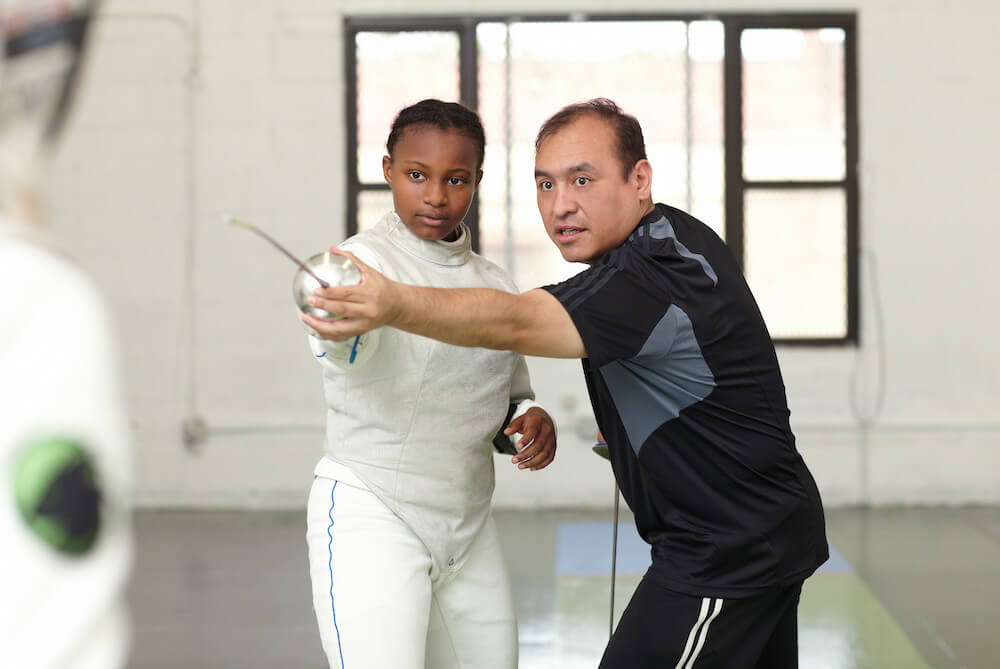Like golf, skiing, and sailing, fencing is a “country club” sport—and for many competitive athletes, it is the ticket to the Ivy League. Stephanie Saul of The New York Times notes that the sports’ niche group of affluent athletes—the vast majority of them white—has led to speculation that it may come under fire as the Supreme Court rules on affirmative action cases brought against Harvard and UNC. Justin Driver, a Yale Law School professor, explains that “preference for athletes in niche sports would seem to be one of the first items on the chopping block” as colleges would be under pressure to eliminate practices that favor privileged applicants.
Fencing is an expensive sport. Participants spend tens of thousands of dollars a year on equipment, travel and coaching, making it one of the most elite and selective sports played at the collegiate level. Only 44 NCAA schools have fencing teams, and 16 of those are schools with highly selective admissions—Dartmouth is the only Ivy League school that does not have a fencing team. Yury Gelman, the founder of the Manhattan Fencing Center, a successful fencing club that sends many of its students to top universities, was quoted in The New York Times as saying, “parents realize that fencing is one of the best sports to put your child in a good university, because each good school, especially the Ivy League schools, have fencing.”
Applications from recruited athletes have had historically higher acceptance rates in top schools. According to a 2018 article in The Harvard Crimson, recruited athletes with the highest or second highest academic rating on an internal Harvard admissions scale were admitted at a rate of 83%, in comparison to non-athletes of the same academic caliber, who were admitted at a rate of 16% (still significantly higher than the overall 3.16% acceptance rate for the Class of 2026). Likewise, Brown recruited rugby applicants had a 47% acceptance rate for the Class of 2026, compared to the class’ ED acceptance rate, which was 14.6%, The Brown Daily Herald reports. Similarly, a 2019 study published in The Stanford Daily found that 12% of undergraduates at Stanford were involved in varsity sports, and although a smaller population, Stanford athletes are given a “significant admissions boost.” Despite the numbers, top colleges repeatedly insist that students need to be academically qualified.
Any effort to get rid of sports that offer a boost to athletes promises to be met by opposition from both current students and alumni. Two years ago, Stanford cut fencing along with 10 other sports due to financial strain. The school immediately faced backlash from alumni and reinstated all 11 sports. The swift response indicates that although country club sports like fencing cater to a distinct and relatively small group, their devotees will not allow the sports to be retired at America’s most elite universities without a fight.











